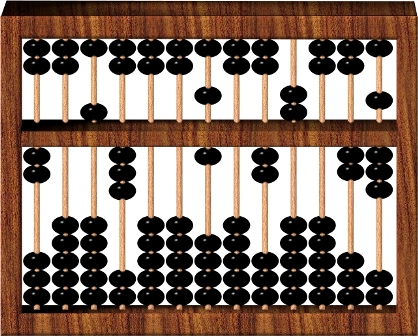 About ten years ago, something revolutionary happened at Phillips Exeter Academy in New Hampshire. For decades, the school had been a pioneer in the so-called Harkness Method of education, which adapts the more familiar Socratic approach. The focal point is the “Harkness Table,” where students and teacher sit as equals. As in all Socratic methods, students are given primary responsibility for driving class time. It’s the sort of approach those of us with a liberal arts degree know well from our undergraduate (or graduate) days.
About ten years ago, something revolutionary happened at Phillips Exeter Academy in New Hampshire. For decades, the school had been a pioneer in the so-called Harkness Method of education, which adapts the more familiar Socratic approach. The focal point is the “Harkness Table,” where students and teacher sit as equals. As in all Socratic methods, students are given primary responsibility for driving class time. It’s the sort of approach those of us with a liberal arts degree know well from our undergraduate (or graduate) days.
The revolutionary thing was that the math department adopted this approach and developed a novel way to apply the method. Rather than continue the usual, thematic approach to instruction, progressing from Algebra 1 to Geometry to Algebra 2, Trig, Calculus, etc., the faculty devised a new strategy. Going forward, the learning would be entirely problem-based and integrated. Students would not have the benefit of theorems or lessons or chapter topics. The faculty got together and simply wrote problems, books’ worth of problems, and handed them to the students. Each year, in virtually every homework assignment, students would get everything from linear functions to 2D and 3D geometry to matrices and stats. They would work through the day’s problems for homework and then come in and present their solutions to the class. Along the way, they would develop the tools they needed for future problems (the theorems, formulas, and techniques) but those tools would all be self-generated. The teacher’s role going forward was to be Socratic, challenging, leading, but never giving the answers out and never articulating the conclusions on the students’ behalf.
The assumptions behind the approach are striking and incredibly useful in thinking about how we challenge our students to grow. First, by taking away all of the contextual clues, the problem-based approach demands that students actively maintain the whole body of the math they’ve learned over the sequence of years. The lack of context means that they can’t go on autopilot, plugging and chugging their way through a set. Second, the Exeter curriculum empowers and even requires that students take ownership, which can be a curious thing in math. Techniques, theorems, and formulas are often either things that teachers foist upon students -- demanding, say, that they memorize the Quadratic Equation -- or that students cling to possessively as though they are sacred keys to everything -- that sweet relief when you can FOIL something or apply the Pythagorean Theorem. Either way, students often lose track of the underlying logic of the technique or its relevance in new contexts. By putting the burden of discovery on the student and then inviting recall in constantly shifting contexts, the Exeter curriculum engages a different kind of retention and integration into the body of math. A final appealing aspect is that the Exeter program highlights problems that have real world application. The problems are designed to reinforce the ongoing relevance of the math students are learning in their lives.
The Exeter curriculum is quite astonishing. As an educator of many years, I encountered it first as a breath of fresh air. And over the two years I’ve seen it in action, it has only continued to remind me of the best and most exciting things I can accomplish by trusting the intelligence and curiosity of my students. Best of all, for those of us teaching elsewhere, Exeter makes the whole curricular sequence available for free to anyone online . Read, enjoy, and learn.











